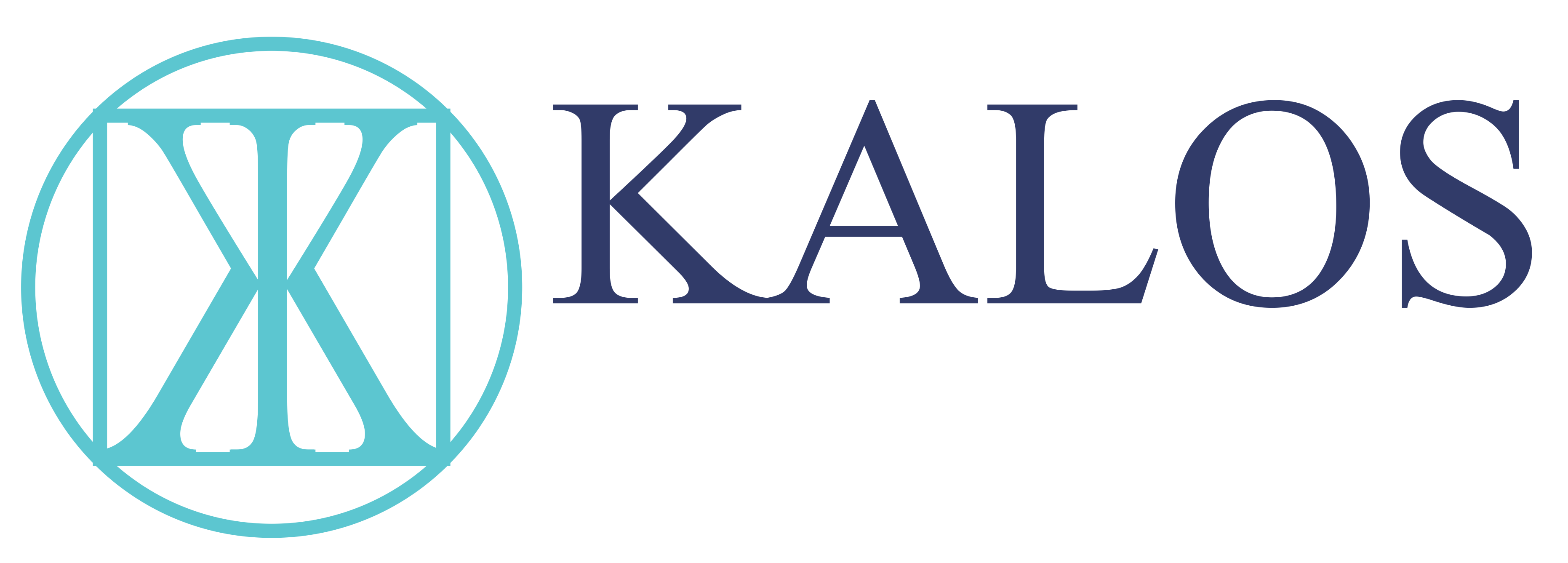Understanding Phi-Ion Technology: A Breakthrough in Skin Improvement
In recent years, advancements in skincare technology have revolutionized the way we approach skin rejuvenation and anti-aging treatments. One such breakthrough is Phi-Ion, a cutting-edge technique that offers remarkable improvements in skin texture and appearance. In this article, we delve into what Phi-Ion is and how it can enhance your skin.
What is Phi-Ion Technology?
Phi-Ion technology, also known as plasma fibroblast therapy, harnesses the power of plasma to rejuvenate and tighten the skin. Plasma is the fourth state of matter, consisting of charged particles that are generated when gases are ionized. In Phi-Ion therapy, a small handheld device is used to deliver controlled pulses of plasma energy to targeted areas of the skin.
How Does Phi-Ion Work?
The Phi-Ion device creates a tiny plasma arc that superficially damages the skin's epidermal layer. This controlled trauma stimulates the body's natural healing response, triggering the production of collagen and elastin fibers. Collagen and elastin are essential proteins that provide structure and elasticity to the skin, leading to improved firmness and texture.
Benefits of Phi-Ion Treatment:
Skin Tightening: Phi-Ion therapy is highly effective in tightening loose or sagging skin, particularly in areas such as the eyelids, neck, and jawline. By stimulating collagen production, it helps to restore firmness and reduce the appearance of wrinkles and fine lines.
Wrinkle Reduction: The collagen-boosting effects of Phi-Ion therapy can significantly diminish the appearance of wrinkles and creases, resulting in smoother, more youthful-looking skin.
Scar Revision: Phi-Ion technology can also be used to improve the appearance of scars, including acne scars and surgical scars. By promoting collagen remodeling, it helps to soften and blend the edges of scars, leading to a more even skin texture.
Non-Invasive: Unlike traditional surgical procedures such as facelifts, Phi-Ion therapy is minimally invasive and requires little to no downtime. Patients can typically resume their normal activities immediately after treatment, making it a convenient option for busy individuals.
Long-lasting Results: While the initial results of Phi-Ion treatment may be visible shortly after the procedure, the full benefits become more apparent over time as collagen continues to rebuild. With proper skincare maintenance, the results can last for several years.
Who Can Benefit from Phi-Ion Treatment?
Phi-Ion therapy is suitable for individuals looking to address various skin concerns, including aging skin, laxity, wrinkles, and scarring. It is a versatile treatment that can be customized to meet the unique needs and goals of each patient. However, it may not be suitable for individuals with certain medical conditions or skin types, so a consultation with a qualified practitioner is essential to determine candidacy.
How Many Sessions are Needed to Achieve the Desired Results:
Conclusion:
Phi-Ion technology represents a significant advancement in the field of skin rejuvenation, offering a safe, effective, and non-invasive solution for improving skin texture and appearance. Whether you're looking to tighten sagging skin, reduce wrinkles, or minimize the appearance of scars, Phi-Ion therapy can help you achieve smoother, more youthful-looking skin with minimal downtime. Consider consulting with a skincare specialist to learn more about how Phi-Ion treatment can benefit you.
 ES
ES  EN
EN 



